"Roman Statuette Of The Goddess Bona Dea - Circa 200 Ad"
This magnificent marble statuette represents the goddess Bona Dea seated. It is dated around the 3rd century AD and comes from the Roman Empire. The seated Bona Dea rests on a throne where she is dressed in a long tunic or dress topped with a palla, fixed by a fibula. The goddess is represented seated, in a majestic position which reflects her divine status and her importance. Her right hand is missing. In the other she holds a cornucopia. Her head is worn by time but retains a serene expression. Her hair, long and smooth, frames her face on which rests a crown. Bona Dea, literally "the Good Goddess", is a deity of Roman mythology who is associated with fertility, chastity, healing and protection of the home. The goddess grants her protection to women and grants them fertility. Her cult is exclusively reserved for them, men being strictly excluded. This nickname of "the good goddess" hides her true identity which remained secret at the time. The Bona Dea never leaves her home, no man has ever seen her or even heard her name, except for her husband Faunus. Legend has it that after seeing her secretly drinking wine, he flew into a rage and beat her so hard with a myrtle branch that she died. Regretting his actions afterwards, he decided to make her immortal. From this myth comes the cult that is given to her by women, the latter not being allowed to wear myrtle flowers. Several statuettes of female divinities exist, with attributions that are sometimes difficult to determine. By the symbol of the cornucopia, we easily recognize the Bona Dea, who is, most of the time, seated on a throne. In the Louvre, there are a multitude of divine statuettes. For example, the terracotta figurine below. The divinity is in majesty, she too wears loose clothing, a crown and holds the cornucopia. There is a statuette of Bona Dea in Nîmes, at the Musée de la Romanité. We find the cornucopia that she carries on her right arm. This statuette of the goddess Bona Dea is an exceptional piece due to its rarity and quality of execution. Dedicated to a little-known divinity of the Roman pantheon, this work offers a valuable testimony on religious practices and the role of female cults in Antiquity. It thus invites a fascinating reflection on the little-known aspects of Roman spirituality, while enriching our understanding of historical heritage.
Provenance : Centre archéologique, Israël, 2006
Ancien propriétaire : Documentation au Centre Archéologique.
Autorisation d'exportation de l'Autorité israélienne des antiquités n°
2800 avec la date du 04/02/2006
Exposé : Collection Ifergan, Málaga (2018-2020) ; Feriarte, IFEMA
(Madrid, 12-20 novembre 2022) »







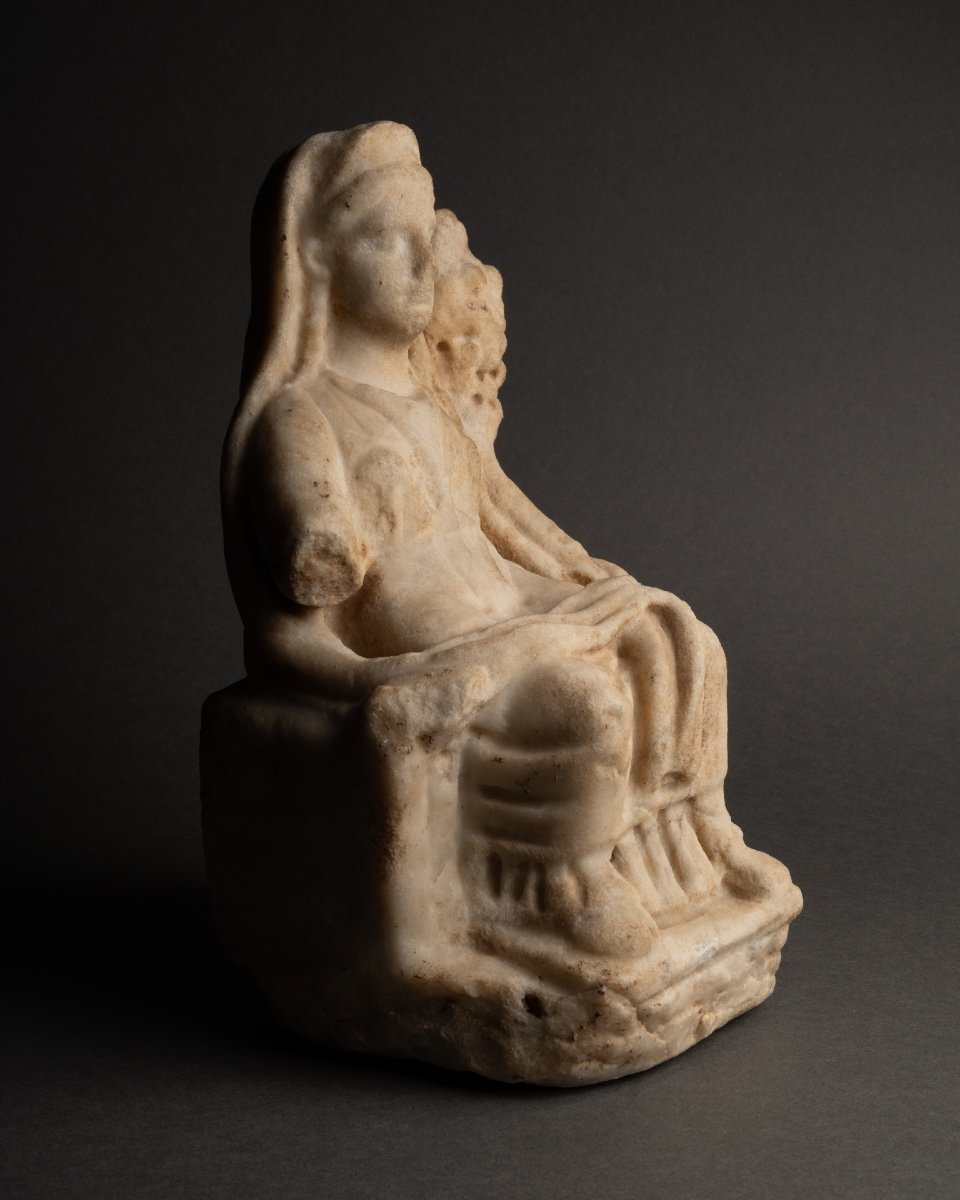















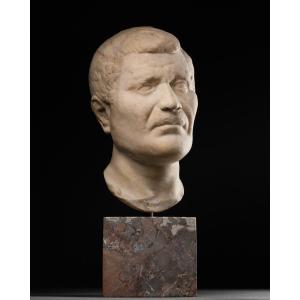
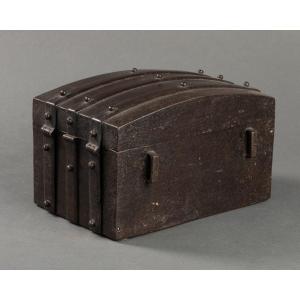
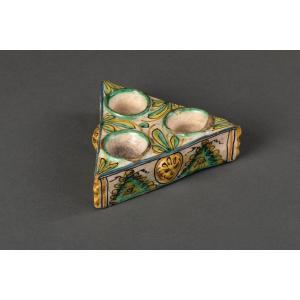
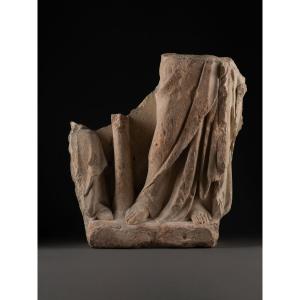

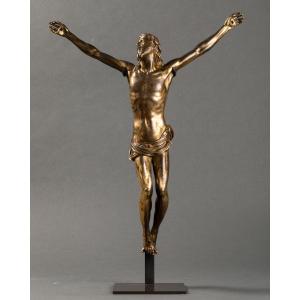

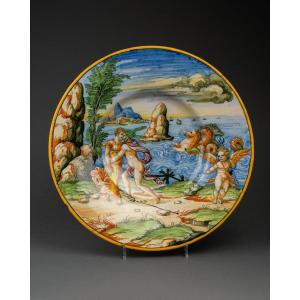





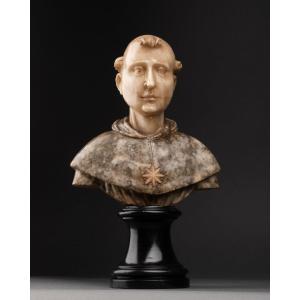



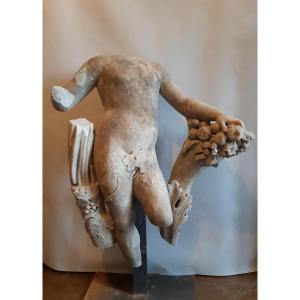




 Le Magazine de PROANTIC
Le Magazine de PROANTIC TRÉSORS Magazine
TRÉSORS Magazine Rivista Artiquariato
Rivista Artiquariato